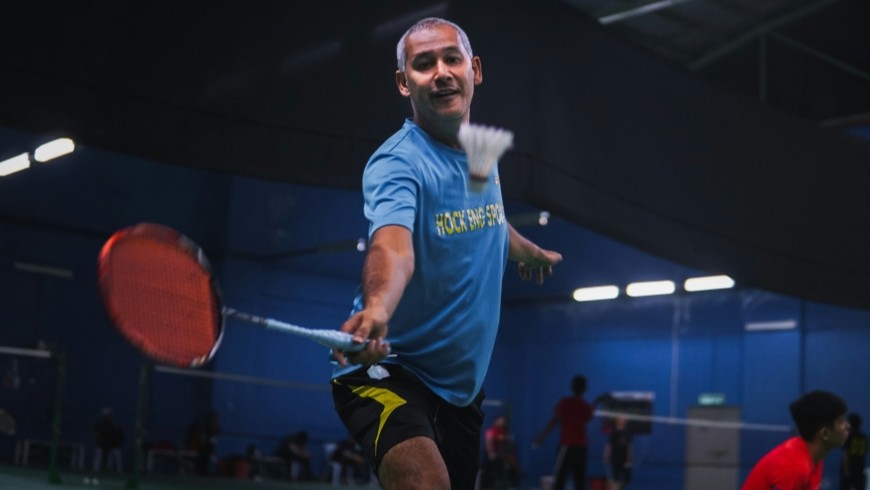In 2021, the NCAA made a landmark decision to implement a policy allowing college athletes to profit off their name, image, and likeness. This came as a result of a decade of heated debate over whether student athletes should be paid or not. One side argues that the athletes bring in enough revenue for their university to justify it. The other contests that doing so would create a bidding war for top athletes that ruins the sport’s parity. For now, the current NIL laws have been implemented as a stopgap solution that will allow college athletes to accept sponsorships and other lucrative deals. We’ll break down the details below.
NIL Rules – Breakdown
Despite the NCAA’s decision to implement a league-wide NIL policy in 2021, there is no uniform set of NIL rules due to several fluid factors. Primarily, NIL specifics differ from state-to-state and college-to-college. Some states allow NIL deals for high school athletes, while others don’t. Some universities allow NIL deals; others have strict rules in place for them; and some restrict NIL deals altogether. In 2024, outdated NIL legislation was repealed in many southern states to better account for the NCAA’s changing landscape.
The differences between university, state, and federal legislation on the topic have resulted in some confusion over what NIL means. Based on the NCAA’s 2021 policy, there are two points that can be universally accepted:
The first point mentions the differing rules based on location. It claims that student athletes can only profit from NIL deals as long as they are also following the relevant laws of the state and university they reside in. The second portion is a protection for athletes in states that have not implemented any of their own NIL legislation, allowing them to legally pursue NIL deals under the NCAA’s standard policy.
With those universal standards, student athletes can now profit from their name, image, and likeness in a variety of ways. A notable result of this was the return of the NCAA Football video game, which is once again able to utilize player names and likenesses. Overall, there are several different ways for an athlete to profit from NIL. The most common way is through sponsorship deals where a player lends their likeness to a brand. Some others include selling autographs and memorabilia, as well as merchandising in-person appearances, voice clips and podcasts, written and video content, and NFTs.
NIL – How It Affects Sports
One of the biggest concerns that was raised over paying student athletes was the potential formation of a pay-to-win league. Schools with more financial liquidity would monopolize all of the best talent, decreasing the level of competitiveness and the quantity of capable teams. However, those concerns may have been redundant. Big-name universities with the most success gained a vice grip on the top end of the talent pool long ago. While the NIL changes haven’t materialized in some unmitigated disaster, there have been some drawbacks since its implementation in 2021.
One of the most notable controversies to result from the NIL deal, among many other factors, is the latest wave of conference realignment. The amount of competitive “power conferences” decreased from five to four with the collapse of the Pac-12. Meanwhile, the quantity of teams per conference went up from 12-14 to as many as 18. While the parity of individual teams has remained strong, the weakening of the non-major conferences is a concerning sign, especially when it results in the unwarranted expulsion of some programs from the top level of competition.
NIL – The Pros and Cons
While there are still concerns about the future of college sports, the decision to allow NIL deals was primarily beneficial. Less notable student athletes that may not go pro have been able to cash in on deals that can make a huge difference for them. Meanwhile, top players are locking down massive deals, giving them a level of financial security that is unprecedented for collegiate athletes. The prospect of being paid before going pro could return some talent that the NCAA had lost to overseas leagues and developmental teams, especially in basketball.
On the other hand, the notable change in policy from the NCAA has stoked frustration in some former collegiate athletes who feel they were wronged by not having these NIL rules in the past. There are even some arguments that the NCAA owes retroactive payments to former players for crippling their chances of profiting off their likenesses when they were still in college.
Despite all of the pros and cons, the current NIL landscape appears likely to persist into the foreseeable future. Current notable athletes that have profited off the NIL rule change since 2021 include Caleb Williams ($10m), Shedeur Sanders ($5m), Caitlin Clark ($3m), Cooper Flagg ($1m), and JuJu Watkins ($250k).
-
Tags:



